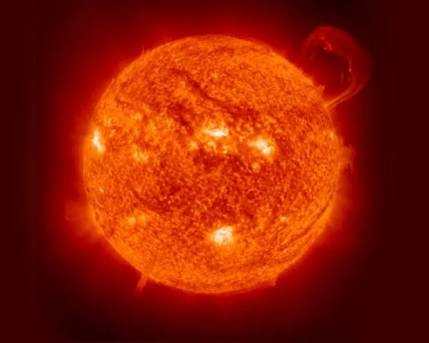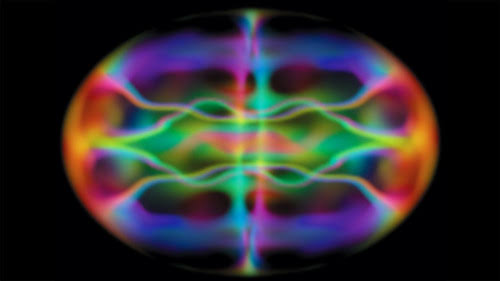Do you know there is a fifth state of matter? - Phase Science
Do you know there is a fifth state of matter?, or maybe you still think there are three. Solid, liquid and gas are not just the three state of matter. In fact, it is not only limited to solid, liquid, gas and plasma. There is a fifth phase of matter called Bec (Bose-Einstein condensate). Therefore the states of matter is presently classified into;
- SOLID
- LIQUID
- GAS
- PLASMA
- BEC
SOLID STATE
.jpg)
The solid state or phase is an easily identified state of matter that has a definite shape. It has a strong force of attraction holding its molecules together. It usually have a crystalline shape.
Liquid state
.jpg)
The liquid state or phase is also an easily identified state of matter. It does not have a definite shape. It usually takes the shape of the container. It has a little force of attraction and can flow easily on a smooth surface.
Gaseous state
.jpg)
The gaseous phase is also a state that can be easily identified. You can easily identify it from the vapour coming out of your kettle. It have no shape or volume and can fill an entire container. It can also easily flow due to very weak inter molecular force of attraction.
Plasma
.jpg)
How will you describe the sun?, solid?, liquid? or even gas?. No, the sun is a ball of plasma. It is neither solid, liquid or gas. Plasma are just like gases which are electrically conductive. They are like ionized gases in which the electron are separated from the nucleus i.e they are mixture of ions and electron.
NB:
Plasma unlike solid and liquid, conduct electricity by both the electron and ions.
Gases can also be converted to plasma at very high potential and temperature.
Examples of plasma include; lightning, sun, flame etc.
BEC
.jpg)
Bec meaning Bose-Einstein condensate is another uncommon state of matter that is uncommon on earth. It was first predicted by Albert Einstein and Satyendra Nath Bose, but remain unconfirmed until 1995 when it was first produced by some research institute in University of Colorado at Boulder. The Bec was formed by lowering the density of a gas, by cooling it at a temperature very close to the absolute zero temperature(−273.15 °C or 0k).
.jpg)